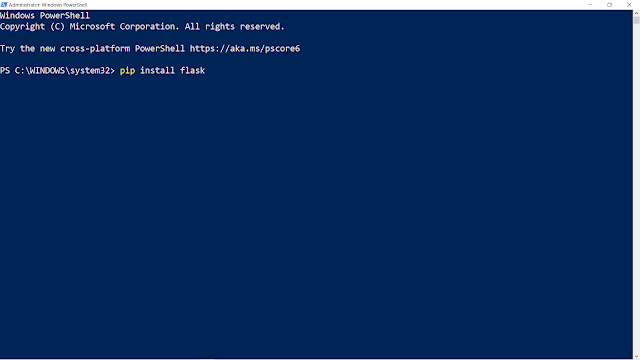learnpython24-(String Slicing And Other Functions In Python)
String Slicing And Other Functions In Python
Strings
String is a data type in Python. Strings in Python programming language are arrays of bytes representing a sequence of characters. In simple terms, Strings are the combination or collection of characters enclosed in quotes.
Primarily, you will find 3 types of strings in Python :
- Single Quote String – (‘Single Quote String’)
- Double Quote String – (“Double Quote String”)
- Triple Quote String – (‘’’ Triple Quote String ‘’’)
Let us now look into some functions you will use to manipulate or perform operations on strings.
len() Function : This len() function returns the total no. of characters in a string. E.g. for string a="abc", len(a) will return 3 as the output as it is a string variable containing 3 characters
Strings are one of the most used data types in any programming language because most of the real-world data such as name, address, or any sequence which contains alphanumeric characters are mostly of type ‘String’.
E.g. Consider this string variable x
x = "String Demo"This string variable x contains a string containing 11 characters (including spaces). Since the index in a string starts from 0 to length-1, this string can be looked at as:

Note: The indexes of a string begin from 0 to (length-1) in the forward direction and -1,-2,-3,…, -length in the backward direction.
String Slicing :
Just like paneer slice refers to the part of the paneer cube; In Python, the term ‘string slice’ refers to a part of the string, where strings are sliced using a range of indices.
To do string slicing we just need to put the name of the string followed by [n:m]. It means ‘n’ denotes the index from which slicing should start and ‘m’ denotes the index at which slicing should terminate or complete. Let's look into an example!

For E.g. abc="Demo" then abc[0:3] will give ‘Dem’ and will not give ‘Demo’ coz index number of ‘D’ is 0, ‘e’ is 1, ‘m’ is 2, and ‘o’ is 3. So it will give a range from n to m-1 i.e. 0 to 3-1=2. That’s why we got output ‘Dem’.


Let's end this tutorial by looking into some of the most used string functions :
string.endswith(): This function allows the user to check whether a given string ends with passed argument or not. It returns True or False.
string.count(): This function counts the total no. of occurrence of any character in the string. It takes the character whose occurrence you want to find as an argument.
string.capitalize(): This function capitalizes the first character of any string. It doesn’t take any argument.
string.upper(): It returns the copy of the string converted to the uppercase.
string.lower(): It returns the copy of the string converted to lower case.
string.find(): This function finds any given character or word in the entire string. It returns the index of first character from that word.
string.replace(“old_word”, “new_word”): This function replaces the old word or character with a new word or character in the entire string.

I hope you enjoyed this tutorial. If you have any questions, make sure to post it in the comment section . Let us now move into the next topic Lists, which is also one of the most used data types in the python programming language

Comments
Post a Comment